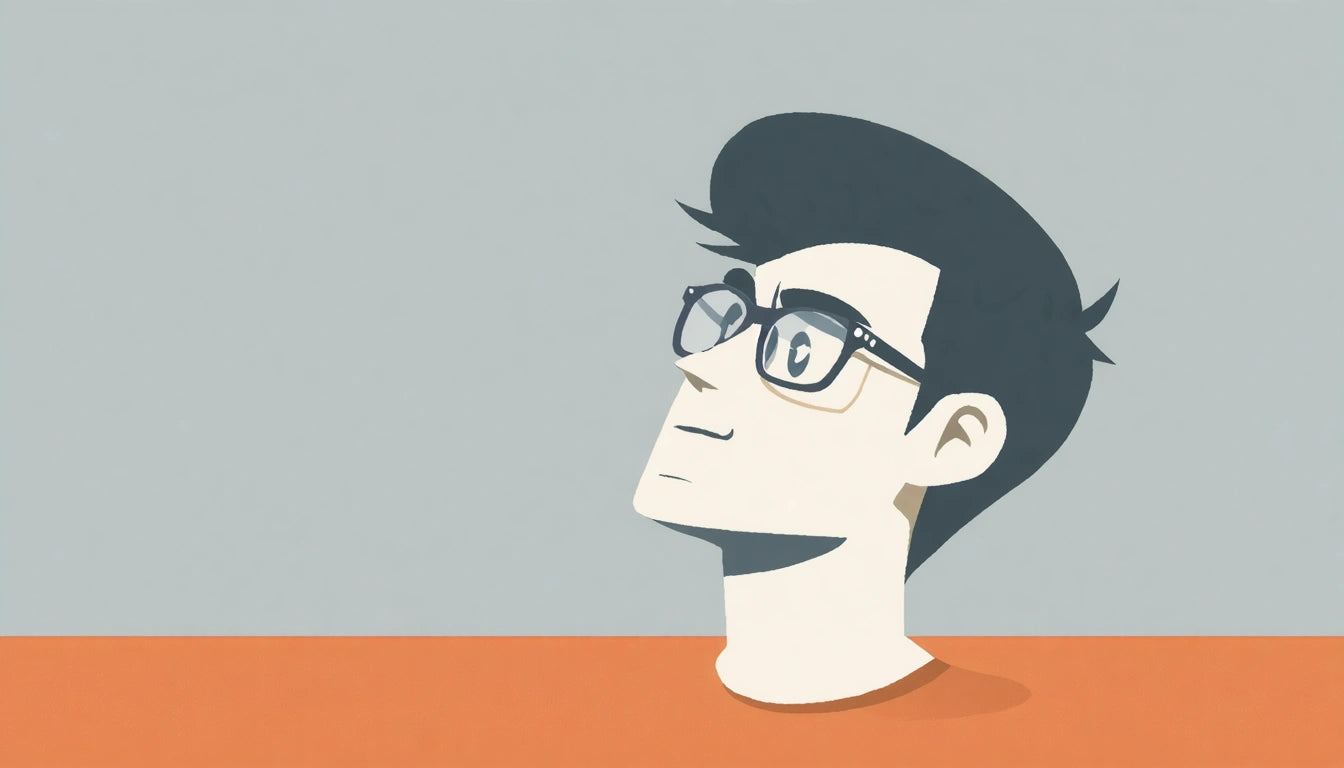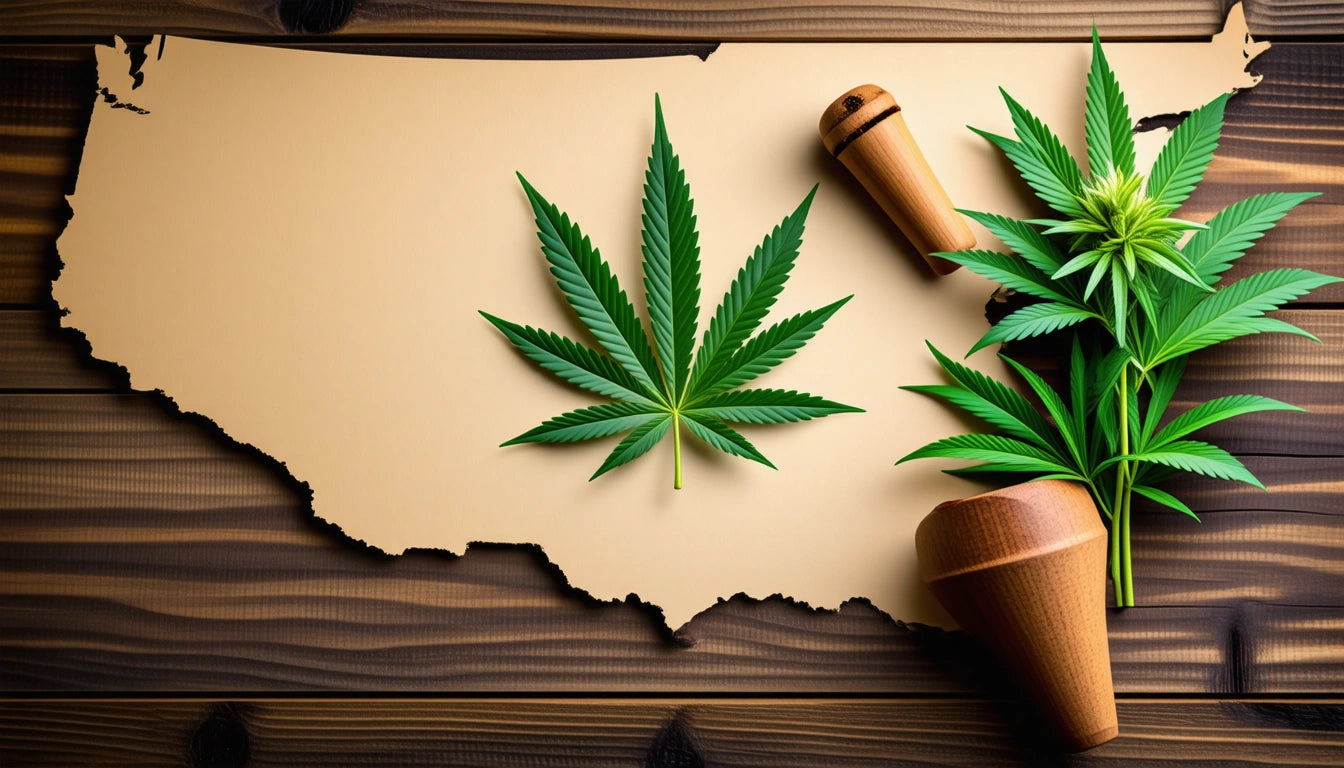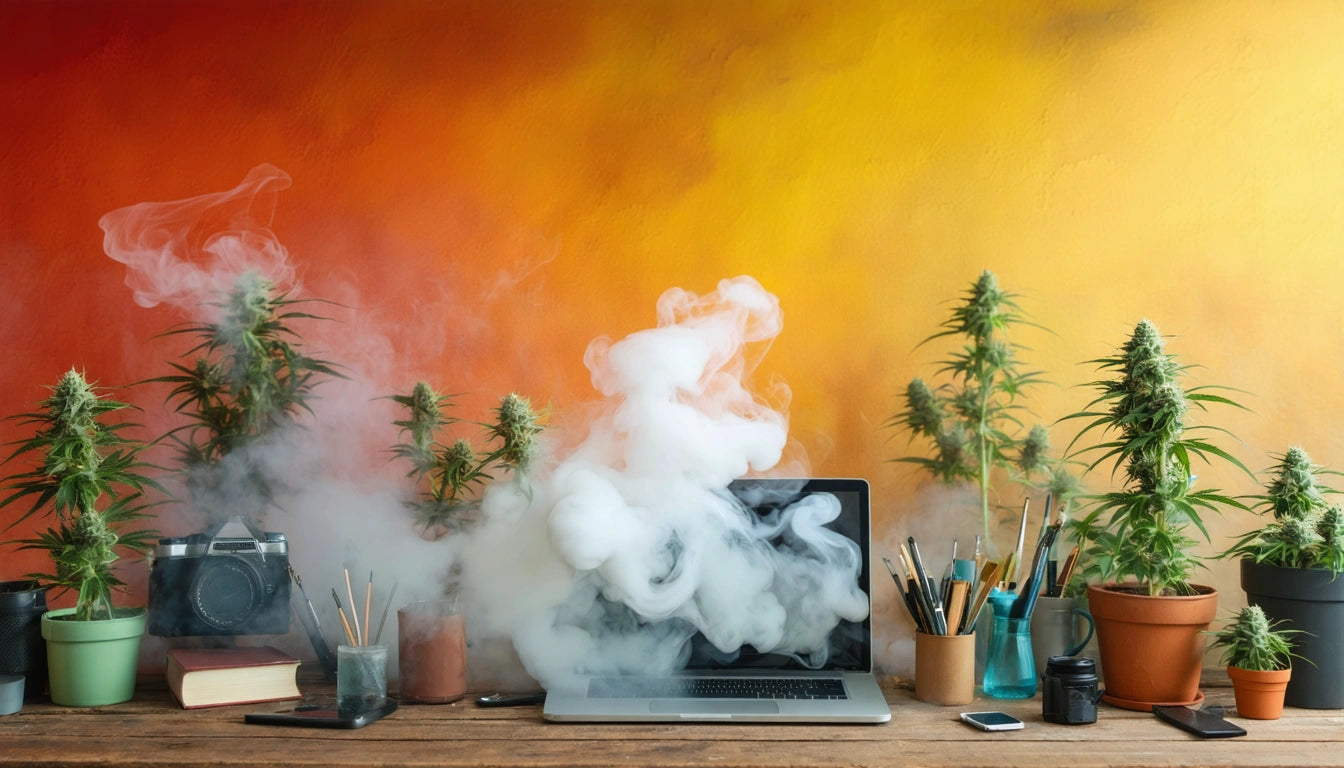Table of Contents
Understanding Contact Highs: Reality, Duration, and Causes
The concept of a contact high has long been debated among cannabis users and non-users alike. Whether you're concerned about unexpected exposure or simply curious about the phenomenon, understanding the science behind secondhand cannabis effects can help you navigate social situations more confidently.
What Is a Contact High? Understanding the Basics
A contact high refers to the experience of feeling intoxicated or experiencing cannabis-like effects without directly consuming the substance yourself. This typically occurs when someone is in close proximity to others who are actively smoking or vaping cannabis. The phenomenon involves inhaling secondhand smoke that contains trace amounts of THC, the psychoactive compound in cannabis.
Unlike direct consumption, a contact high generally produces milder effects, if any at all. These may include slight euphoria, relaxation, or minimal cognitive changes. According to our comprehensive guide on cannabis effects, secondhand exposure typically delivers significantly lower THC concentrations than direct use.
Are Contact Highs Real? Examining the Evidence
Yes, contact highs are scientifically possible, though their intensity and likelihood depend on several factors. Research confirms that under specific conditions, non-users can experience mild psychoactive effects and even test positive for THC after extreme secondhand exposure.
Key factors that determine whether a contact high occurs include:
- The concentration of smoke in the environment
- The ventilation of the space
- The duration of exposure
- The potency of the cannabis being consumed
- The proximity to active smokers
Studies show that contact highs are most likely to occur in poorly ventilated, enclosed spaces where multiple people are smoking high-potency cannabis. In well-ventilated areas or outdoor settings, the risk of experiencing a contact high diminishes significantly.
For those concerned about proper storage to prevent accidental exposure, using proper storage containers with effective odor control can help maintain discretion and minimize ambient cannabis particles in shared spaces.
Can You Get a Contact High From Pot? Exposure Scenarios
Whether you can get a contact high from pot depends largely on the exposure scenario. Research indicates that passive exposure to cannabis smoke can indeed result in detectable levels of THC in the bloodstream under certain conditions.
Common scenarios with varying contact high potential include:
High Potential for Contact High
- Small, unventilated room with multiple active smokers
- Enclosed vehicle with active cannabis consumption
- Extended exposure (hours) in smoky environments
Low Potential for Contact High
- Well-ventilated indoor spaces with minimal smoking
- Brief exposure to cannabis smoke
- Outdoor environments where smoke dissipates quickly
According to research on secondhand exposure and drug testing, extreme cases of passive inhalation could potentially lead to positive drug test results, though this is relatively rare under typical social conditions.
How Long Does a Contact High Last? Timeline and Variables
For those wondering how long a contact high lasts, the duration is typically much shorter than the effects of direct consumption. A contact high generally persists for 1-3 hours, compared to the 2-8 hour duration of intentional cannabis use.
The timeline can vary based on:
- The intensity of exposure
- Individual sensitivity to THC
- Body mass and metabolism
- Prior cannabis experience
- Concurrent consumption of other substances
As explained in our article on how long different cannabis highs last, secondhand effects typically peak within 30 minutes to an hour after exposure and taper off more quickly than direct consumption effects.
For most people, any mild symptoms from a contact high will fully resolve within 1-3 hours as the body processes the small amount of THC absorbed. Those with no cannabis tolerance may experience effects for slightly longer periods.
Minimizing Secondhand Exposure: Prevention and Best Practices
If you're concerned about experiencing an unwanted contact high, there are several practical steps you can take to minimize your risk:
- Choose outdoor or well-ventilated spaces when around cannabis users
- Maintain distance from active smokers
- Limit time spent in enclosed spaces with heavy smoke
- Be aware of legal implications, as discussed in our guide on public intoxication laws
- Consider the impacts on others, including pets, as outlined in our article about secondhand cannabis exposure to cats
For cannabis users who want to be considerate of non-users, using vaporizers rather than combustion methods can reduce secondhand exposure. Additionally, understanding the risks of secondhand exposure helps everyone make informed decisions about shared spaces.
While contact highs are real under specific conditions, they're generally mild and short-lived compared to direct consumption. By understanding the factors that contribute to secondhand effects, both cannabis users and non-users can coexist respectfully while minimizing unwanted exposure.











Leave a comment
All comments are moderated before being published.
This site is protected by hCaptcha and the hCaptcha Privacy Policy and Terms of Service apply.